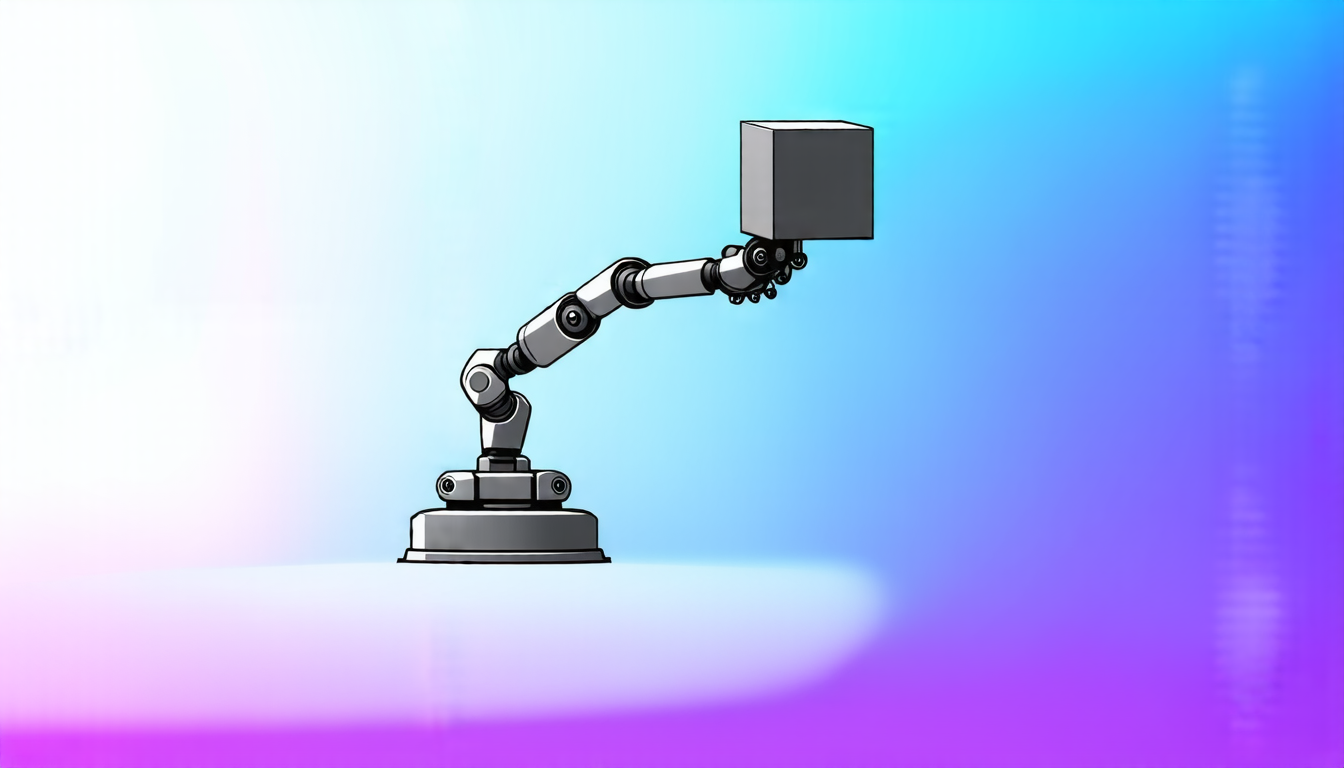Monday 19 May 2025
The intricate dance of robotic arms, carefully choreographed to grasp and stack blocks with precision. It’s a feat that requires coordination, strategy, and a dash of artificial intelligence. In recent years, researchers have been working on perfecting this task, driven by the desire to develop more versatile and effective robots.
At its core, the challenge is one of spatial reasoning and manipulation. The robot must first identify the blocks and their positions, then plan a sequence of movements to grasp each block and place it on top of the previous one. Sounds simple enough, but when you’re dealing with multiple arms, unpredictable environments, and varying block sizes, things quickly become complicated.
To tackle this problem, researchers have developed sophisticated algorithms that can generate complex motion plans in real-time. These plans take into account factors like arm collisions, joint limitations, and the geometry of the blocks themselves. By combining these algorithms with advanced sensors and grippers, robots are now able to stack blocks with unprecedented precision and speed.
One key innovation is the use of generative models, which can create a wide range of possible motion plans based on a given set of parameters. This allows the robot to adapt quickly to changing situations and make adjustments on the fly. Additionally, researchers have developed more advanced sensors that can provide detailed information about the blocks’ shape, size, and orientation.
The results are impressive: robots can now stack blocks with unprecedented speed and accuracy, outperforming human operators in many cases. But this technology has far-reaching implications beyond just block-stacking competitions. It could enable robots to perform complex tasks like assembly line work, warehouse management, and even search-and-rescue operations.
As researchers continue to refine their algorithms and hardware, we can expect to see even more impressive feats of robotic dexterity in the future. Already, prototypes are being developed that can perform delicate tasks like surgery or painting, leveraging the same spatial reasoning and manipulation skills honed through block-stacking challenges.
The potential applications of this technology are vast and varied, from manufacturing and logistics to healthcare and beyond. As robots become increasingly capable and versatile, we may see a fundamental shift in how we approach automation and what tasks humans and machines can accomplish together. The intricate dance of robotic arms may seem like a simple challenge at first glance, but it’s actually a crucial step towards unlocking the full potential of artificial intelligence and robotics.
Cite this article: “Mastering the Art of Block-Stacking: A Key to Unlocking Artificial Intelligence and Robotics”, The Science Archive, 2025.
Robots, Artificial Intelligence, Block-Stacking, Spatial Reasoning, Manipulation, Algorithms, Motion Plans, Generative Models, Sensors, Grippers







